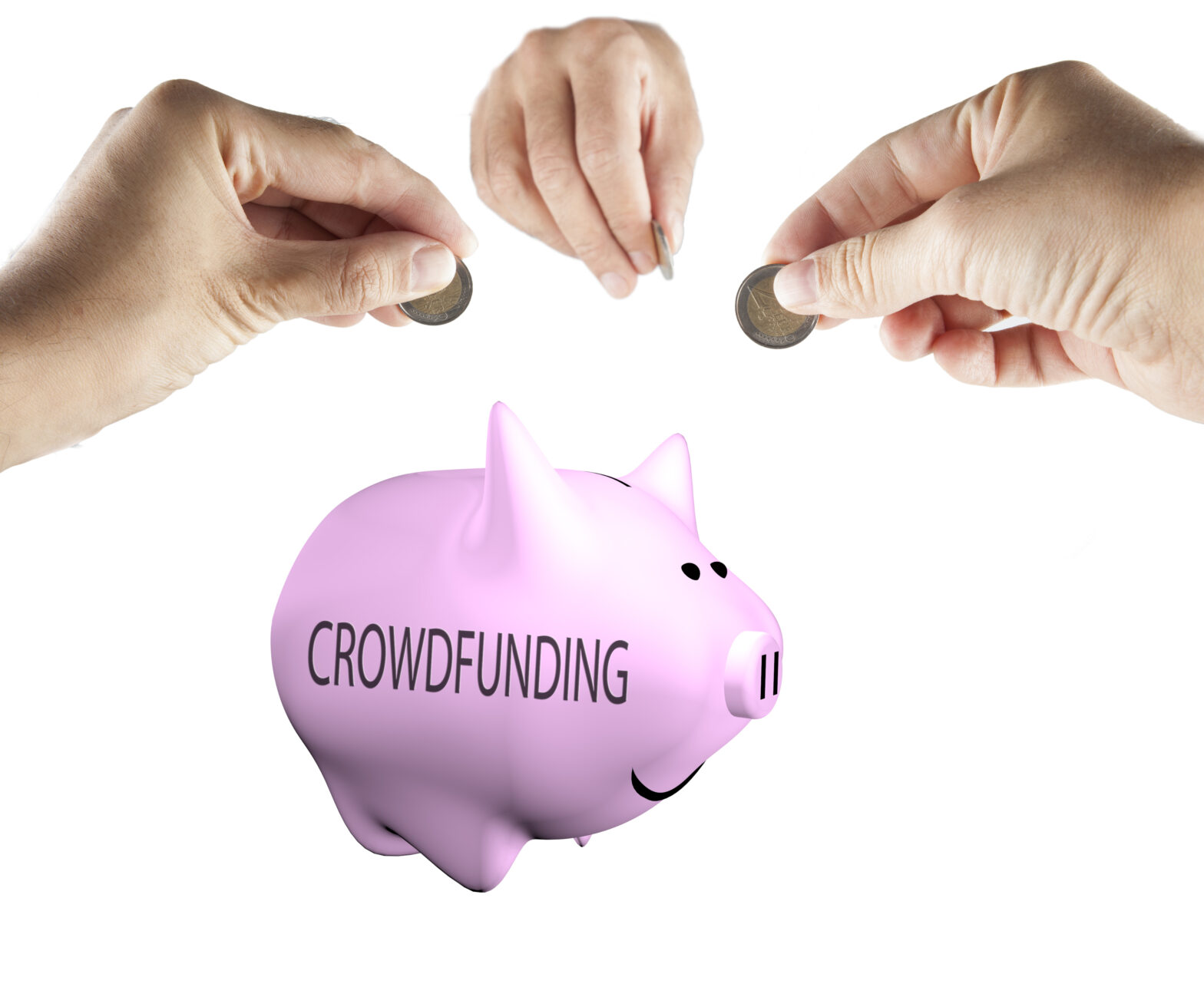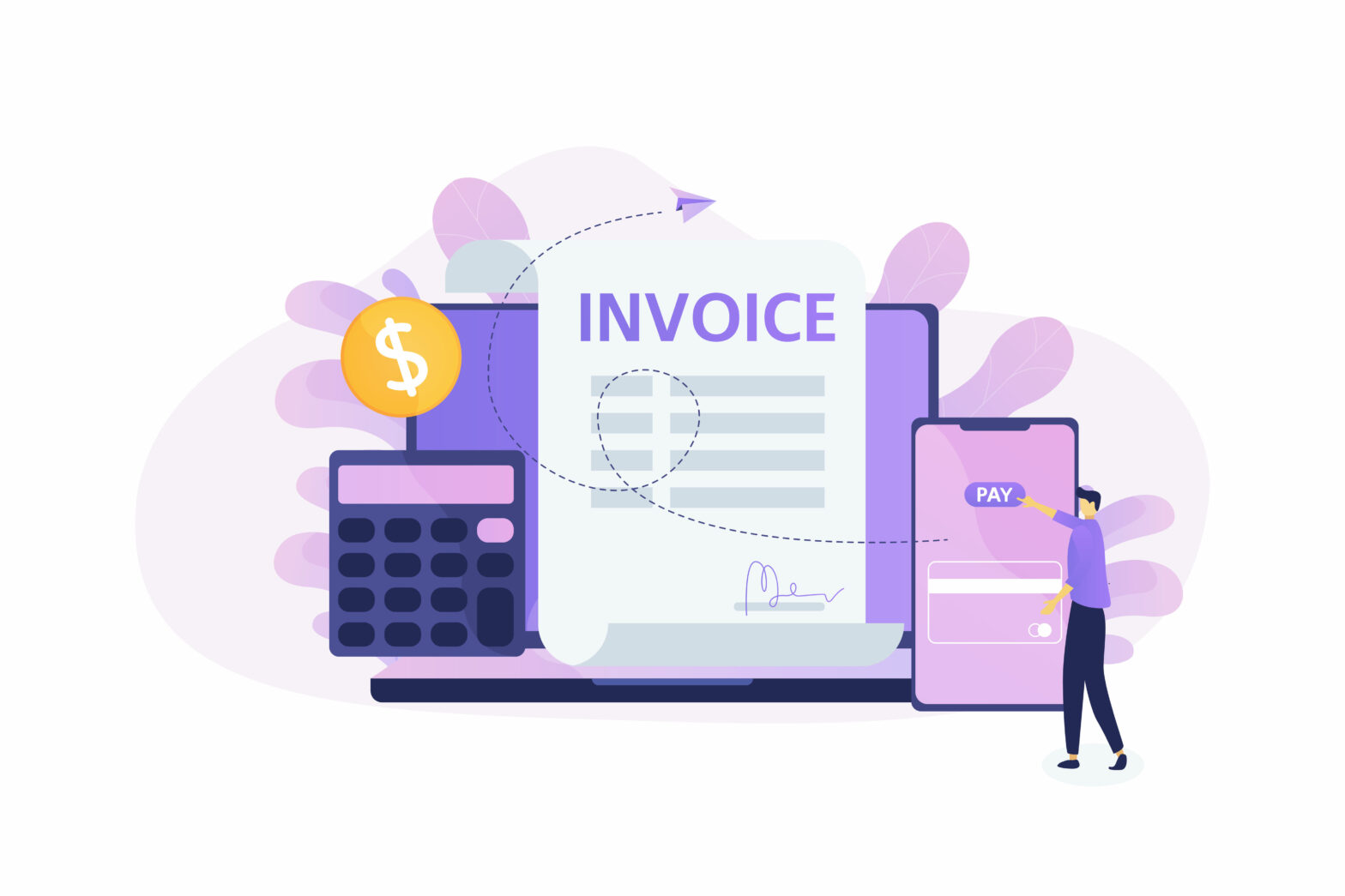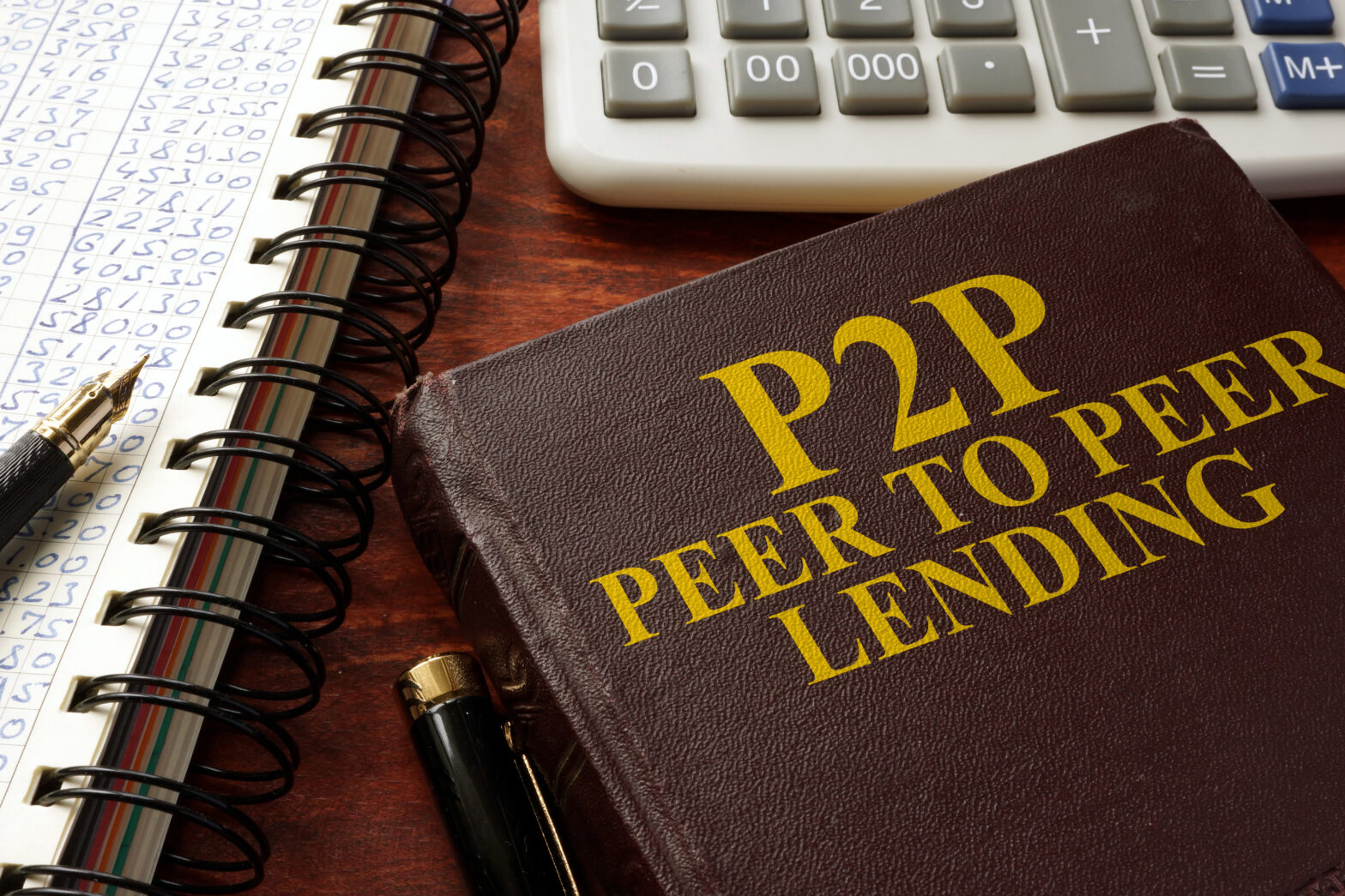In late 2012 a record was set for the fastest equity raise in UK history. The raise was for an online community platform called microco.sm. Microco.sm was really about empowering communities by allowing them the opportunity to develop and manage their online forums with simplicity and style.
At the time this project was also unique in that it not only hit the target raise (£50,000 for 5 per cent equity share) in record time (about 15 hours) but the team also went on to raise a further £100,000 (with a 10 per cent equity share).
Their platform of choice was Seedrs.
This marked a turning point in the equity market here in the UK. It was now possible for a start-up that had in effect a pre-MVP (Minimal Viable Product) that was in the words of one of the founders in 2014, ‘Terrible’, to still manage to get funded.
The product was heavy to use and clunky in the way that it operated. But the idea was the main selling point.
The vision the team wanted to create was needed and desired by the segment they had identified.
They saw the pain this segment were feeling and decided they had the knowledge to redress this situation and sort out the pain delivering a neat profit in the process.
The headline record time that was well publicised at the time camouflaged much of the hard work that the team had done not only on their ‘terrible’ MVP, but also on the endless knocking on doors they had done in the previous weeks leading up to the campaign’s launch.
A sustainable vision?
In an interview Seedrs CEO, Jeff Lynn spoke of the work the team had done with friends, family and high net worth individuals in their networks, convincing them of the value they were creating and the sustainability of the vision being created.
In other words they made a strong case for the vision offline before they launched to these individuals online.
This was critical as it sent out a strong message to the rest of the crowd.
The crowd in crowdfunding is often neglected and management, in their haste to get their campaign up and in front of the crowd, can neglect the message that is being presented.
There are many realities that exist in our world and this means we all have our own baggage that we carry around with us. This baggage is from our past and also about our perceptions of our futures; where we think we are heading and what we think we will be in the future; mother, father, entrepreneur, investor etc.
This means we all determine information in different ways and so when we see a campaign we make different assumptions about it.
Some base their assumptions on the information about the team, some about the product others about the business model. From this limited information we determine whether or not to take a gamble and invest.
If the crowd are moving en mass to invest in a vision on any of the platforms then there is 1) a natural curiosity that is triggered (we want to understand why) and 2) a feeling that we might be missing out on something good.
Either of these can trigger an investment decision in the crowd.
This effect is known as herding. There are two different types of herding we see in crowdfunding; rational and irrational. The main difference between these are in the decision process.
Rational herding occurs when individuals in the crowd make decisions based on the evidence they see presented to them while irrational herding occurs when the individuals that make up the crowd make a decision to invest based upon the crowds movement.
In other words the ‘me too’ factor plays a stronger element in the irrational herding model.
Crowdfunding lessons learned
What we can learn from this case is that the alignment of the crowd pre-launch is essential to gain and maintain traction in a campaign.
It should be stated that this particular enterprise folded in 2014. It simply ran out of money.
So was the venture successful? Yes and no. The management team behind the campaigns were certainly successful in that they managed twice to raise their target amounts.
But, and here’s the sting, they folded, leaving those that invested with nothing to show for their willingness to commit.
Seedrs uses a unique model in that they act as nominee for the investor and were also one of the first to seek regulatory compliance with the government’s ruling bodies.
They are a sound platform and microco.sm could have taken their campaign to any platform at the time of campaigning.
The point is that the platform is merely the connecting point for the vision and the crowd. No matter how much due diligence a platform, or the members on that platform conduct, no one can predict accurately what will happen with confidence.
The risks are never eliminated for either entrepreneur or investor. But for the entrepreneur the more they commit to a decision the more the alternatives get pushed aside.
This may surprise some readers coming from me, but crowdfunding is one of a range of financing routes. For microco.sm it is now too late, but perhaps a more traditional route to funding may have been a better strategy. But then, what do I know, apart from the baggage I carry around with me!





